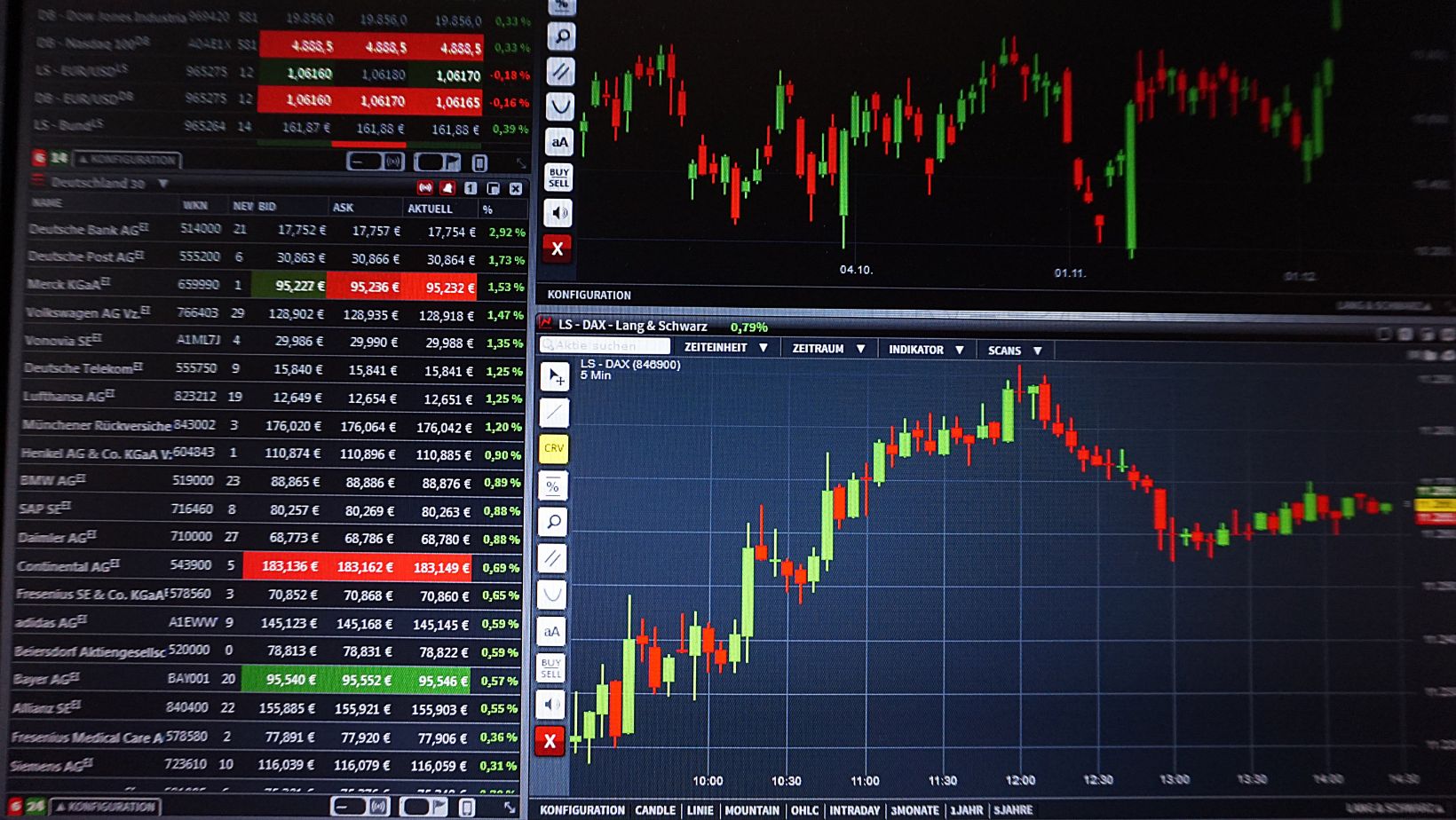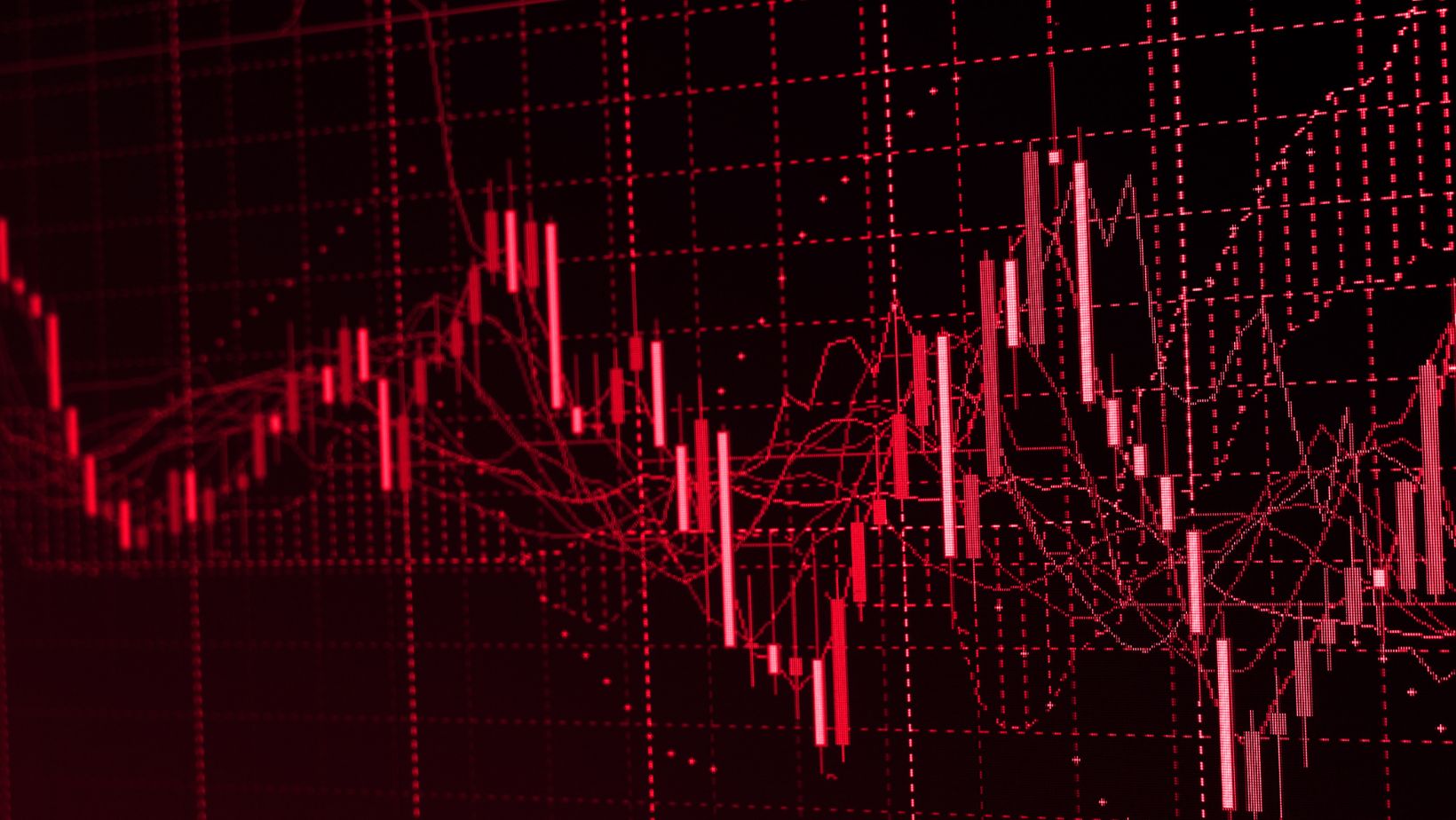The MACD is a powerful tool for identifying exhaustion points in trends, signaling when momentum may be fading. Recognizing these points can help traders avoid risky entries or capture timely exits. This guide shows how to use the MACD to pinpoint trend exhaustion for smarter trades. Would deeper insights on trend analysis enhance your trading strategy? Visit https://immediateprofit.app/, Which connects traders to educational firms that explore indicators like MACD.
Key Indicators of Exhaustion within MACD Signals
Spotting a trend’s exhaustion point with MACD comes down to interpreting a few clear signs. One tell-tale signal is the narrowing gap between the MACD line and the signal line. Imagine the two lines as dance partners: when they pull too close,
They’re showing a loss of momentum, hinting that the trend might soon fizzle out. This narrowing can often mean a slowdown, as the price no longer has the energy to keep up its pace.
The MACD histogram is another tool that speaks volumes. Peaks and troughs in this histogram act like mood swings for the market—big peaks and deep troughs signal intense momentum, but when these peaks start to shrink, it’s time to perk up.
Think of it like a car slowly losing speed on a long road trip; eventually, it’ll need to stop and refuel. This fatigue can indicate a trend shift is around the corner, whether bullish or bearish.
Lastly, pay attention to the diminishing histogram bars. Picture each bar as a piece of fuel keeping the trend going. When they start to shorten, that’s the trend of running low on gas, alerting you to potential exhaustion.

Understanding these signals not only helps you act before a trend changes but also keeps you from being caught off guard in your trades.
Divergences: A Powerful Tool for Spotting Market Weakness
Divergences with MACD are powerful indicators that often whisper, “Watch out, something’s off here.” A bullish divergence happens when the price keeps hitting new lows while MACD makes higher lows. This contrast can mean the downtrend’s fire is about to die out, signaling a possible reversal. On the flip side, bearish divergence happens when the price hits new highs, but MACD doesn’t match the excitement, often hinting that buyers are running out of steam.
These divergences might seem subtle, but they can save traders from mistaking exhaustion for ongoing momentum. Consider an example: if a stock price is soaring yet MACD doesn’t reach the same high, it’s like seeing smoke without fire—it hints that the trend may not last. In other words, divergences are more than just warnings; they’re like a flashlight revealing weak spots in an otherwise solid-looking trend.
Real-world scenarios provide great illustrations. Suppose a currency pair consistently climbs to new highs, but MACD diverges with lower highs. Here, the trend could be nearing exhaustion, giving traders a heads-up before a drop.
Understanding these discrepancies allows a closer connection between price action and momentum, enabling a sharper focus on genuine signals while helping to avoid common trading pitfalls.
Time Frames and MACD Settings for Optimal Exhaustion Detection
When it comes to MACD’s effectiveness, time frames make all the difference. Daily charts give a broad view, capturing bigger moves in the market, while weekly or intraday charts can reveal short-lived exhaustion points. Each timeframe brings its own layer of insight, much like reading different chapters in a book. Short-term traders might focus on 15-minute charts, while swing traders find daily or weekly charts more telling for exhaustion.

Choosing the right MACD settings also plays a role. The classic “12, 26, 9” combination works well for most situations, but tweaking it based on the asset or strategy can sharpen signals. For instance, a setting like “5, 35, 5” could offer quicker signals for those watching fast-paced markets like crypto. Adjusting these values allows traders to pick up on early exhaustion, letting them act before the market turns the page.
Fine-tuning the settings to fit different assets or strategies is like adjusting a camera lens. Stocks, commodities, or forex may each require slight variations in MACD settings to provide clearer signals. By experimenting with time frames and settings, traders can tailor their approach to match market rhythms, improving their chances of catching exhaustion signals before they become full-blown reversals.
Conclusion
Spotting exhaustion points with the MACD equips traders with valuable foresight. By identifying when a trend is losing strength, traders can make strategic decisions, protect gains, and mitigate potential losses. The MACD offers clarity in market timing, boosting trading precision.
















